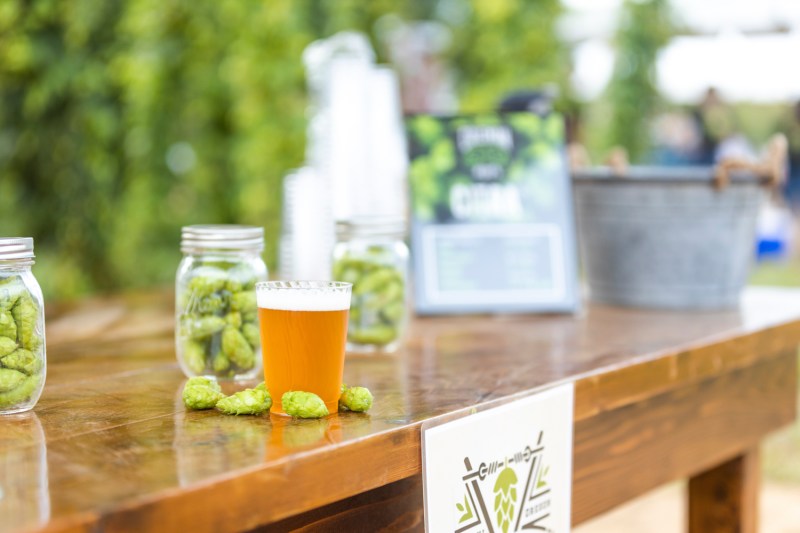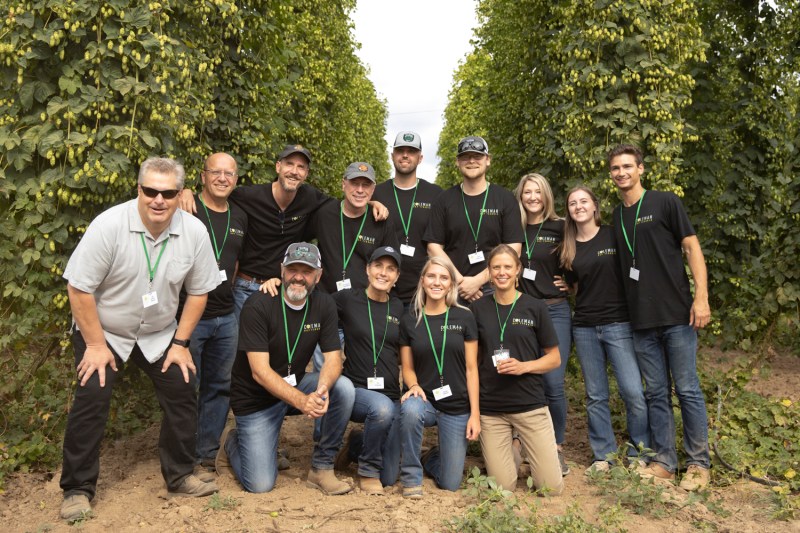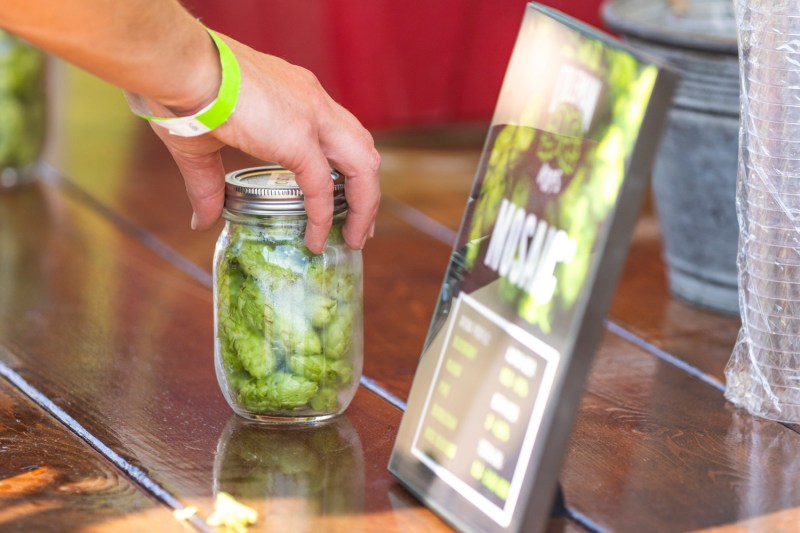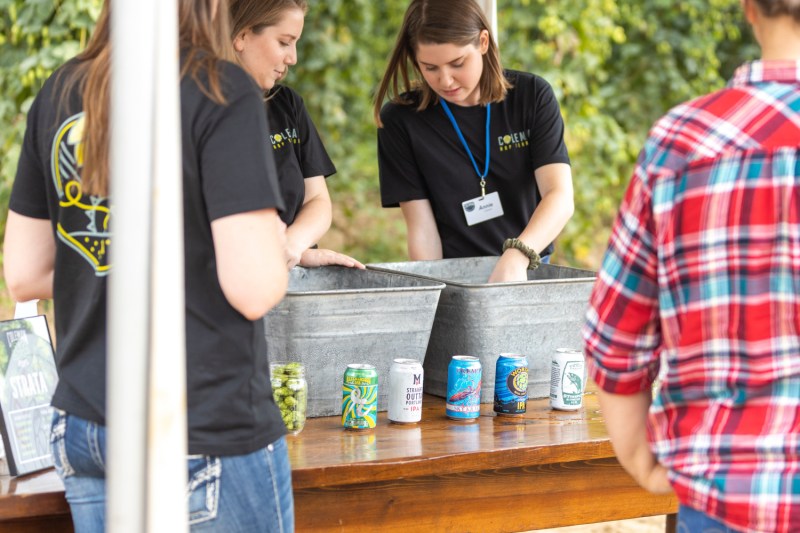
The vast majority of the terroir conversation is reserved for wine. Thanks to an evolving drinks culture, though, the characters within that story are multiplying. The plot of place and its close relationship to flavor thickens.
Surely if a wine can display the brininess of the coast or the dark fruit characteristics of a specific soil, a beer can do the same. Brewers have long thought as much, there simply hasn’t been much proof. But that’s changing, too.
A telling yearlong study just came to a close, revealing that beer does in fact exhibit terroir. Led by Oregon State University and Coleman Agriculture, the Willamette Valley’s largest hop grower, a small team determined that place and growing context make all the difference.

Up to this point, terroir was largely a romantic notion in the beer community. This study shows not only that hop flavors change depending on where they’re grown, they do so measurably. In other words, scientists documented variation in the physical and chemical makeup of the hops. A sensory panel echoed those numbers, agreeing that the aromatics, flavors, mouthfeel, and more varied according to its
The study was carried out by an eclectic cast. The team included everyone from aroma hop breeders to soil scientists to professors. Two hops were examined: Sterling and Centennial. The crew looked at these two varieties across four unique spots within the Willamette Valley, across two distinctive soil types.
Choosing the hop made the most sense given its huge impact on a beer’s flavor. Not only are there countless varieties, but hops hold all kinds of potential variables when it comes to the smell and taste of an ale — alpha acids, beta acids, essential oils, tannin, and more. Additional studies on other ingredients like malts and grains will only add nuance and intrigue to the overall conversation.

It’s a cool revelation within the beer nerd community. Better still, it makes factual something many had already assumed. Now, when we chat terroir in our favorite bottle shops and taprooms, we no longer have to use our imagination. And if you really want to impress the bar flies, you can get a copy of the report itself later this year when it’s fully released.
“This is only the beginning of an exciting movement for the entire beer industry, with the potential to benefit hop farmers, brokers, brewers, and other beer enthusiasts worldwide” says Liz Coleman, the study’s project lead. “The work we’ve done here is a great example of all boats rising with the tide. Together, as those of us in the industry continue to learn and share research into terroir’s impact on hops, we will position Oregon as one of the world’s premier sources for high-quality hops and brews. And that’s good for everyone who loves beer.”

Coleman and OSU’s College of Agricultural Sciences are already planing further research in the coming months. Looks like wine’s got a new flatmate in terroir town.


